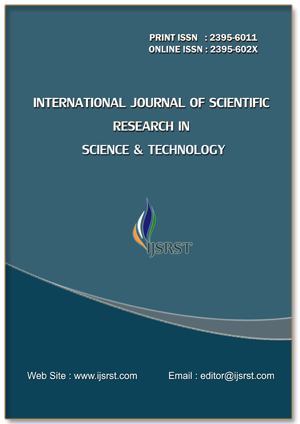Aim of Computer Vision in Image Processing
DOI:
https://doi.org/10.32628/IJSRST2411479Abstract
This paper explores the fundamental goals and transformative impact of computer vision within the domain of image processing. The aim of computer vision in image processing is to enable systems to interpret, understand, and derive useful information from visual inputs in a way that is similar to human perception. This research highlights key applications, including object detection, image classification, and medical imaging. By reviewing advancements in machine learning and artificial intelligence, the study provides insights into recent developments that improve image processing capabilities, accuracy, and efficiency. Our findings underline the importance of computer vision in various industries and suggest promising directions for future research.
📊 Article Downloads
References
Krizhevsky, A., Sutskever, I., & Hinton, G. E. (2012). "ImageNet classification with deep convolutional neural networks." Communications of the ACM, 60(6), 84-90. DOI: https://doi.org/10.1145/3065386
Goodfellow, I., Pouget-Abadie, J., Mirza, M., Xu, B., Warde-Farley, D., Ozair, S., ... & Bengio, Y. (2014). "Generative adversarial nets." In Advances in neural information processing systems.
He, K., Zhang, X., Ren, S., & Sun, J. (2016). "Deep residual learning for image recognition." In Proceedings of the IEEE conference on computer vision and pattern recognition. DOI: https://doi.org/10.1109/CVPR.2016.90
O'Shea, K., & Nash, R. (2015). "An introduction to convolutional neural networks." arXiv preprint arXiv:1511.08458.
Redmon, J., Divvala, S., Girshick, R., & Farhadi, A. (2016). "You only look once: Unified, real-time object detection." In Proceedings of the IEEE conference on computer vision and pattern recognition. DOI: https://doi.org/10.1109/CVPR.2016.91
Downloads
Published
Issue
Section
License
Copyright (c) 2025 International Journal of Scientific Research in Science and Technology

This work is licensed under a Creative Commons Attribution 4.0 International License.
https://creativecommons.org/licenses/by/4.0




